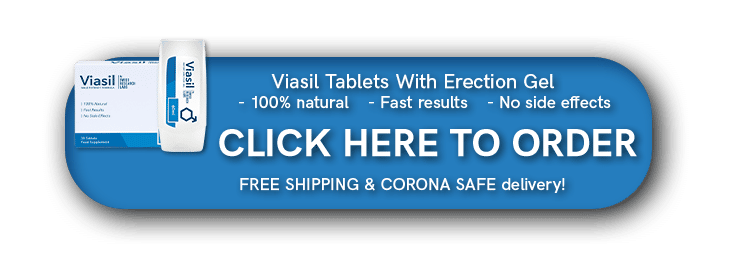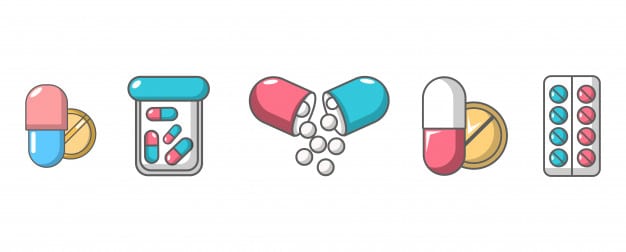Tadalafil is a phosphodiesterase inhibitor used to help relax the blood vessels and increase blood flow to certain areas of the body. It is available as a generic prescription medication in the United States and the United Kingdom. This drug falls under two different brand names, the names being Cialis and Adcirca. While they are the same medication, their use and dosage are what sets them apart. Cialis is prescribed for the treatment of benign prostatic hypertrophy, which is an enlarged prostate, and erectile dysfunction. While Adcirca is prescribed to help improve the exercise capacity in men and women and treat pulmonary arterial hypertension.
Medical History
ICOS, a biotechnology company, created Tadalafil. The company joined up with the American pharmaceutical company Eli Lilly and Company in order to market the drug in a joint venture in 2003. Eli Lilly sold the rights to keep the drug’s formula exclusive to United Therapeutics in 2008 to commercialize the drug for use in the treatment of pulmonary arterial hypertension. Then in 2011, the FDA approved the drug to be marketed and used to treat benign prostatic hypertrophy.
The difference between the branded Cialis and other erectile dysfunction prescriptions at the time was the half-life of Cialis was double that of the others. Cialis had a half-life of 17.5 hours, while other drugs only had a half-life of about four hours. This allowed Cialis to be marketed as working for up to 36 hours.
Benefits
Tadalafil is prescribed for the treatment of an enlarged prostate, erectile dysfunction, and pulmonary arterial hypertension. It does this by relaxing the blood vessels in some regions of the body, which helps to ease the symptoms of the different ailments. This benefits those individuals afflicted with these ailments by:
- Increases blood flow to the penis during sexual stimulation to get and keep an erection.
- Increases blood flow to the lungs
- Increase the level of activity an individual is able to do.
- Decreases shortness of breath, lethargy, and dizziness associated with high blood pressure in the vessels going into the lungs.
- Decreases urination difficulties
- Reduces painful urination
- Reduces the excessive need to urinate, especially at night.
Side Effects
Using Tadalafil is considered safe, overall. A doctor will need to prescribe the medication, and they will look at an individual’s medical history to gauge whether it will be a good fit for them. Caution should be taken when first being administered the drug, and any side effects should be promptly told to the prescribing doctor.Possible side effects that are common in taking this medication are headaches, back pain, congestion, dizziness, an upset stomach, muscle pain, and flushed skin. Some less common but serious side effects can include hearing loss, vision problems, and a prolonged erection that can damage the penis.
This medication is not recommended to be taken by individuals with a history of or currently have cardiovascular problems, a stroke within the last six months, liver or kidney disease, Peyronie’s disease, eye problems, or bleeding disorders. It should also not be taken with any nitrate drug or riociguat, as it can cause an unsafe drop in blood pressure.

Dosage
The recommended dosage of Tadalafil is decided by an individual’s doctor and is dependent on the reason for taking the drug. For use in treating erectile dysfunction, a 10 mg dose is typical, and the individual can elect to take it up to once a day. Either it can be taken in the morning, for all-day use, or 30 minutes before sexual activity. When used for treating an enlarged prostate, the standard prescribed dose is between 2.5 mg to 5 mg, and it should be taken once a day. For treating pulmonary hypertension, a dose of two 20 mg tablets is typically prescribed to be taken together.
Tadalafil is an FDA-approved prescription medication that is used to treat erectile dysfunction, an enlarged prostate, and pulmonary hypertension. This is done by relaxing the blood vessels of the body and increasing the blood supply to certain areas. While it does come with possible side effects, most are minor or rare, and it is generally considered a safe drug to take under the guidance of a doctor.


